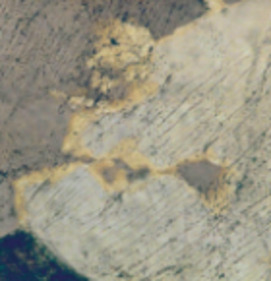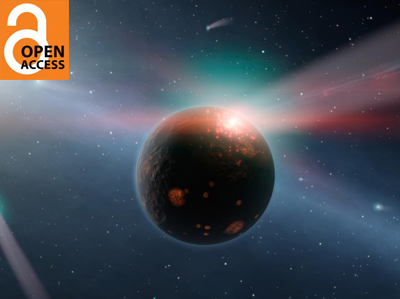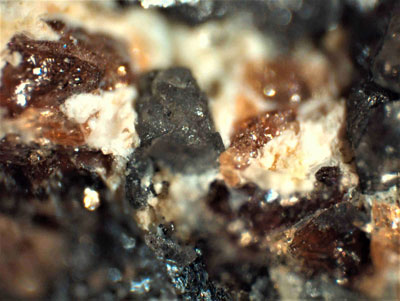Meteorite Impacts as Triggers to Large Igneous Provinces
Ameteorite impacting on the surface of the Earth produces not only a crater but also, if the impactor is sufficiently large, high melt volumes. Computer simulations suggest that, in addition to shock- induced melting produced by impact, additional decompression melting of the hot target mantle beneath the crater can produce melt volumes comparable to those found in large igneous provinces (LIPs). The coincidence between the expected frequency of such impact events combined with the similarity in magma volumes of LIPs suggests that large meteorite impacts may be capable of triggering LIPs and mantle hotspots from a point source which is subsequently buried. Can the impact model explain any LIP? What are the distinctive macroscopic criteria predicted from an impact model, and how may they be recognised or rejected in the geological record of the Earth?
Meteorite Impacts as Triggers to Large Igneous Provinces Read More »




